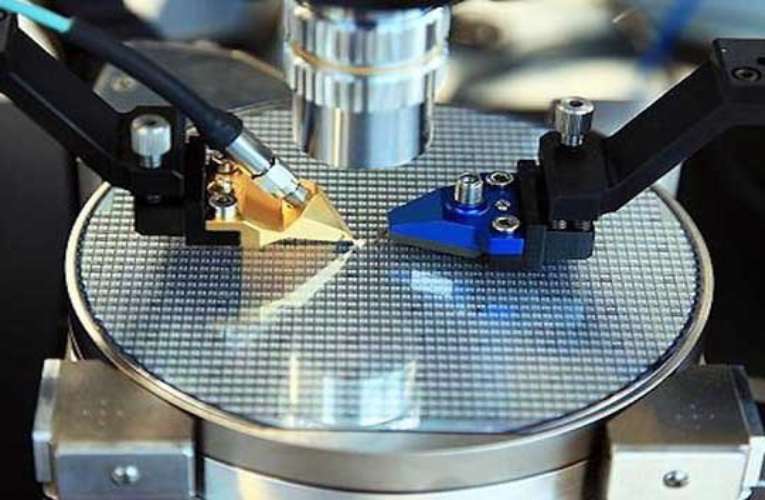
- Increased revenue from the memory end-market in Q1 2024 offset the overall revenue decline.
- From the regional perspective, increased sales to China offset broader revenue declines in other regions.
The world’s top-five wafer fab equipment (WFE) manufacturers’ revenue decreased 9% YoY in Q1 2024 due to delayed customer investments in leading-edge semiconductors, which were offset to some extent by strong DRAM demand. Among these top five, ASML and Tokyo Electron’s revenues declined 21% YoY and 14% YoY respectively. Applied Materials, Lam Research and KLA’s revenues declined in low single digits when compared to 2023.
However, when compared to the previous quarter, ASML’s revenue declined 26% while KLA’s revenue declined 5% on account of customer capacity adjustment in the advanced node. Applied Materials and Lam Research’s revenues were flat QoQ while Tokyo Electron delivered a revenue increase of 18% due to strong demand from both DRAM and NAND. The top five WFE manufacturers’ revenue from China grew 116% YoY in Q1 2024, primarily due to increased DRAM shipments to the country. Strong demand from mid-critical and mature nodes across applications including IoT, automotive and 5G will likely continue for the rest of the year.
The top five WFE manufacturers’ memory revenue increased 33% YoY in Q1 2024 due to increased NAND spending and strong DRAM demand from the growing popularity of AI. Revenues from the foundry segment declined 29% YoY due to delayed customer investments in leading-edge semiconductors. 2024 full-year revenue is forecast to grow at 4% compared to 2023, while the YoY revenue increase for 2025 is expected to be in double digits, with growth driven by capacity increases in leading-edge logic and foundry, applications including generative AI and high-performance computing (HPC), and the recovery in end-demand for chips.
Senior Analyst Ashwath Rao said, “Revenue from memory increased significantly in Q1 2024, indicating the start of a turnaround in this segment and a stronger recovery in H2 2024. Despite short-term market uncertainties, we expect the recovery to continue in Q2 and likely pick up in H2. Though the Q1 order intake saw a decline from the previous quarter, we expect it to be healthy in the coming quarters on account of the recent US subsidies and ramp-up of 2nm technology in 2025. Looking ahead, AI is turning into a healthy technology transition and a top priority for chipmakers. AI adoption in PCs, smartphones and servers will drive revenue growth for tool makers, while strategic investments may lead to slight gross margin adjustments in 2024. This sets the stage for a robust rebound in 2025 as the industry stabilizes.”
On the Chinese market, Rao said, “Increased sales to China in Q1 2024 offset revenue decline from other regions. China has been spending more on DUV equipment also to use it creatively for some leading nodes with techniques such as multi-patterning.” Chinese chipmakers’ focus currently lies in advancing the country’s chip manufacturing capabilities and fostering technological independence from external controls and Western suppliers.

